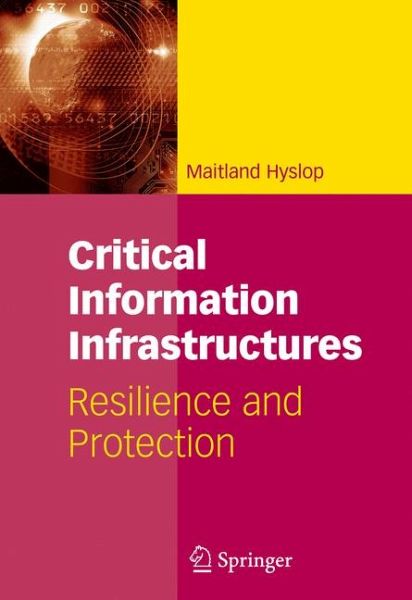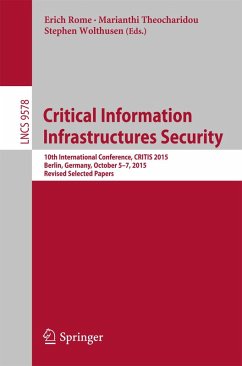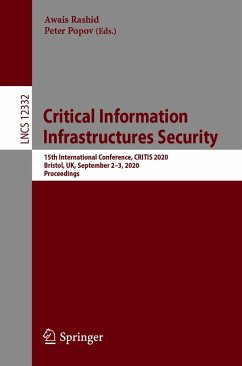
Critical Information Infrastructures (eBook, PDF)
Resilience and Protection
Versandkostenfrei!
Sofort per Download lieferbar
72,95 €
inkl. MwSt.
Weitere Ausgaben:

PAYBACK Punkte
36 °P sammeln!
The world moves on Critical Information Infrastructures, and their resilience and protection is of vital importance. Starting with some basic definitions and assumptions on the topic, this book goes on to explore various aspects of Critical Infrastructures throughout the world - including the technological, political, economic, strategic and defensive. This new work in an emerging subject matter is of timely importance. The book will be of interest to the CEO and Academic alike as they grapple with how to prepare Critical Information Infrastructures for new challenges.
Dieser Download kann aus rechtlichen Gründen nur mit Rechnungsadresse in A, B, BG, CY, CZ, D, DK, EW, E, FIN, F, GR, HR, H, IRL, I, LT, L, LR, M, NL, PL, P, R, S, SLO, SK ausgeliefert werden.












